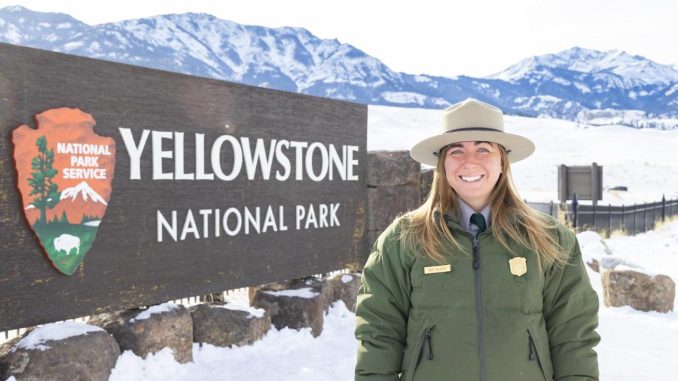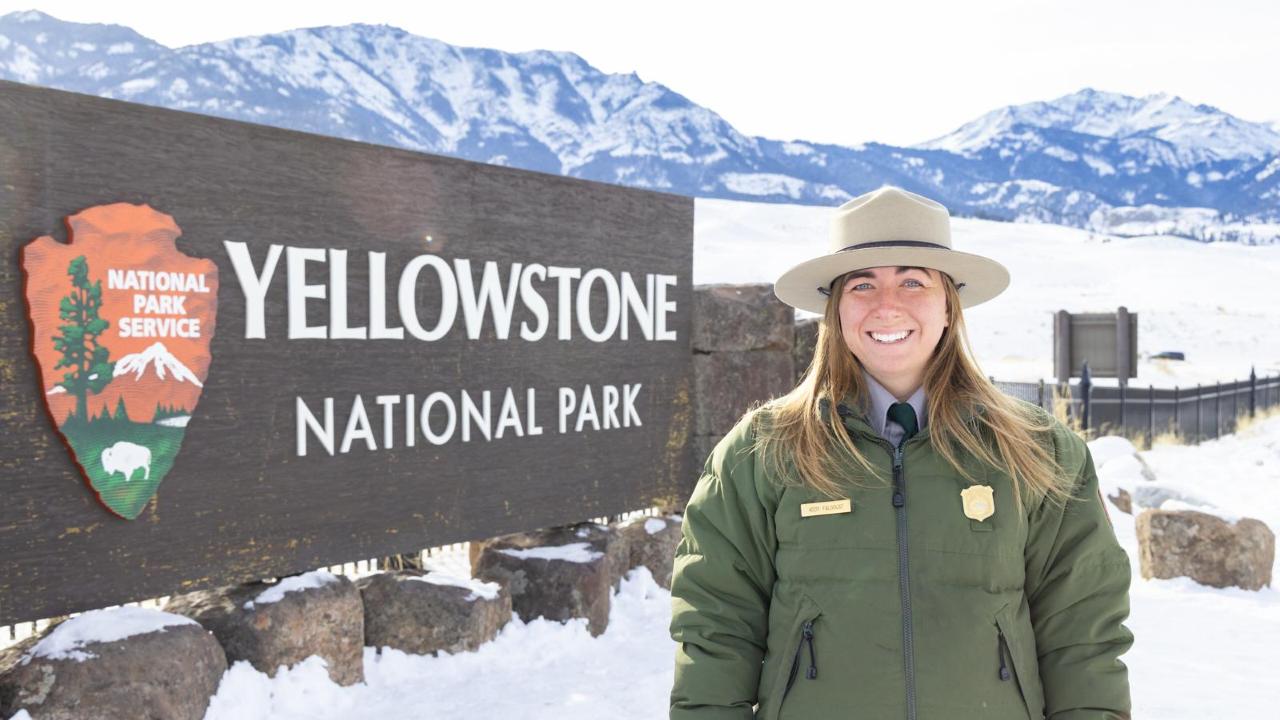
Just In: Yellowstone National Park Announces Shocking News: Major Changes Ahead…
In a surprising announcement that has left conservationists and park enthusiasts reeling, Yellowstone National Park officials revealed significant changes to its management and visitor policies.

Park Superintendent Dr. Emily Grant held a press conference on Thursday, outlining the challenges Yellowstone has faced in recent years. “We are witnessing unprecedented changes in our environment,” she stated. “From wildfires to shifting wildlife populations, the impacts of climate change are evident. We must adapt our management strategies to ensure the park’s health and the safety of our visitors.”
One of the most startling changes is the implementation of a new visitor cap. Starting next summer, Yellowstone will limit daily visitors to 25,000, a significant reduction from the current average of over 40,000. This decision aims to alleviate overcrowding, reduce environmental degradation, and enhance the visitor experience. “While we understand the desire to experience the park’s beauty, we have a responsibility to protect it,” Dr. Grant explained.
Additionally, the park will be introducing a reservation system for popular areas such as Old Faithful and the Grand Canyon of the Yellowstone. Visitors will be required to book their spots in advance, ensuring a more manageable flow of foot traffic and minimizing the impact on sensitive areas. “This system will help preserve our natural landscapes and give visitors a chance to truly connect with nature,” she said.
The announcement has sparked a heated debate among locals and park advocates. While many praise the decision for its proactive approach to conservation, others worry about the potential economic impact on nearby communities that rely heavily on tourism. “It’s a double-edged sword,” noted local business owner Mark Thompson. “We want to protect Yellowstone, but we also need to ensure our businesses can survive.”
Another significant aspect of the announcement is a renewed focus on wildlife management. Officials will be collaborating with ecologists to monitor species such as bison and wolves, ensuring their populations remain balanced with the park’s ecosystem. “We’re committed to fostering biodiversity and ensuring that future generations can enjoy Yellowstone as we have,” Dr. Grant stated.
In the coming weeks, park officials will hold community meetings to discuss these changes and gather feedback from the public. They emphasize that maintaining Yellowstone’s integrity is paramount, and they are dedicated to finding solutions that balance preservation with accessibility.
As the park approaches its 150th anniversary, these bold decisions signal a turning point in how Yellowstone will navigate the challenges of the future. While the changes may be difficult to accept for some, they underscore a commitment to safeguarding one of America’s most treasured landscapes for generations to come.
Leave a Reply